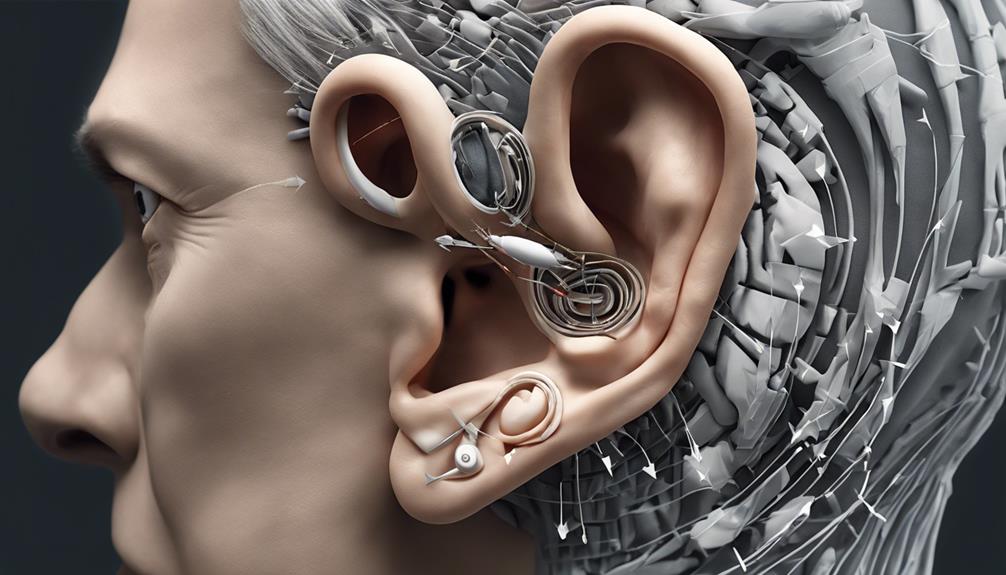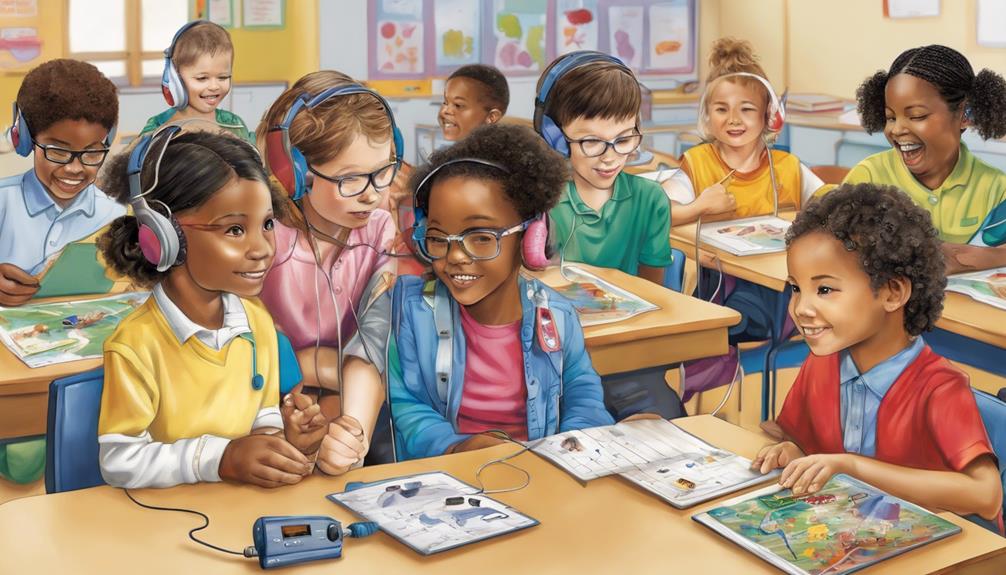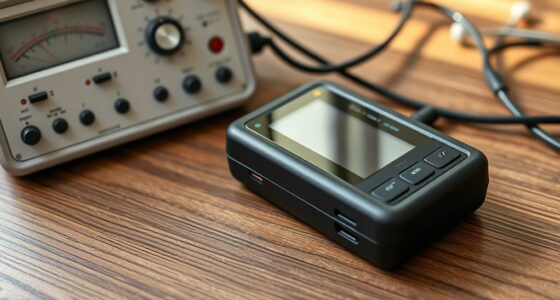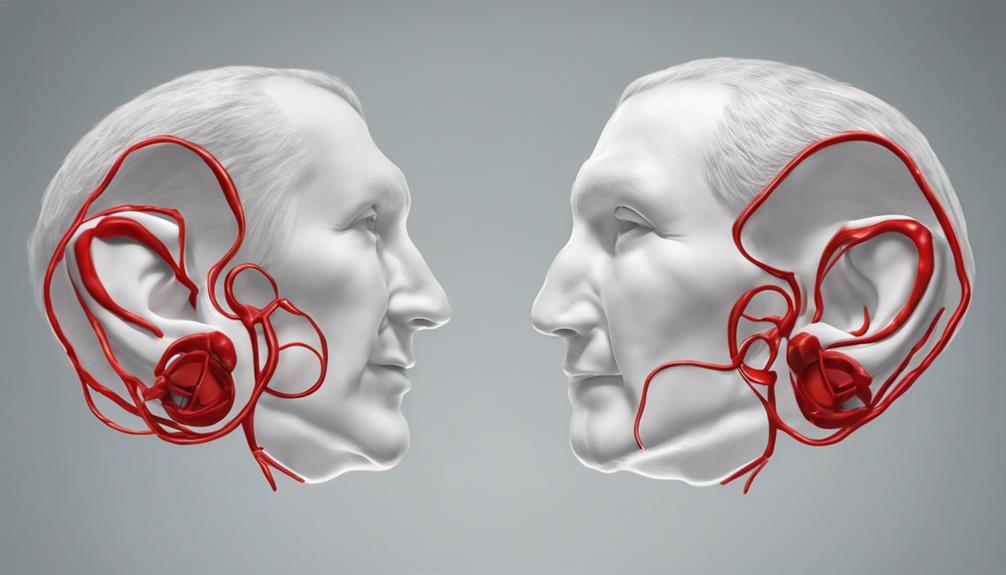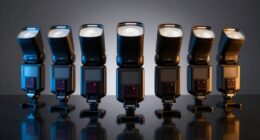We acknowledge that approximately 1 in 8 people in the United States who are 12 years and older suffer from sensorineural hearing loss in both ears.
Understanding the ICD code for this condition goes beyond mere categorization; it serves as a cornerstone for effective healthcare communication and streamlined processes.
As we delve into the nuances of this specific code, we unravel a pathway towards enhanced diagnostic precision, treatment efficacy, and patient-centered care.
Let's explore how this understanding can transform the landscape of healthcare delivery and outcomes for individuals with hearing impairments.
Key Takeaways
- ICD-10-CM Code (H90.3) specifies hearing loss details for accurate diagnosis.
- Understanding the ICD code aids in tailored treatment plans for optimal outcomes.
- Proper ICD coding facilitates communication among healthcare providers for comprehensive patient care.
- Accurate ICD code knowledge streamlines healthcare processes and ensures access to necessary services.
Importance of ICD Code Knowledge
Understanding the importance of accurate ICD code knowledge is essential for healthcare professionals dealing with bilateral sensorineural hearing loss. The correct ICD-10-CM Code, such as H90.3, is vital for precise medical documentation. These codes offer specific details about the type and severity of hearing loss, aiding in proper diagnosis and treatment planning.
Healthcare providers rely on ICD codes to effectively communicate with each other and ensure appropriate care for patients with hearing impairments. Familiarity with ICD coding guidelines is crucial for coding accuracy, streamlined billing procedures, and ensuring insurance reimbursement for services related to sensorineural hearing loss.
Additionally, the correct usage of ICD codes facilitates data analysis, research initiatives, and monitoring trends in bilateral sensorineural hearing loss cases. Having a thorough understanding of ICD codes is foundational in providing quality healthcare services to individuals experiencing bilateral sensorineural hearing loss.
Diagnostic Accuracy and Treatment Planning

Accurate diagnosis and treatment planning for bilateral sensorineural hearing loss are critical components in providing tailored care for individuals with this condition. When addressing H90.3, or sensorineural hearing loss, it's essential to ensure precision in diagnosis to distinguish it from other hearing loss types accurately. Diagnostic accuracy involves thorough audiometric evaluations, including pure-tone audiometry and speech audiometry, to assess the degree and nature of the hearing loss. Additionally, advanced diagnostic tools like auditory brainstem response (ABR) and otoacoustic emissions (OAE) can further refine the diagnosis.
Treatment planning for bilateral sensorineural hearing loss guided by the ICD-10 code H90.3 may encompass various interventions tailored to the individual's specific needs. This could include the use of hearing aids, cochlear implants, or auditory rehabilitation programs to optimize communication abilities and quality of life. Understanding the underlying etiology of the hearing loss is crucial for selecting the most effective treatment strategy.
Early detection and intervention play a significant role in enhancing outcomes for individuals with bilateral sensorineural hearing loss, underscoring the importance of accurate diagnosis and personalized treatment planning.
Healthcare System Navigation
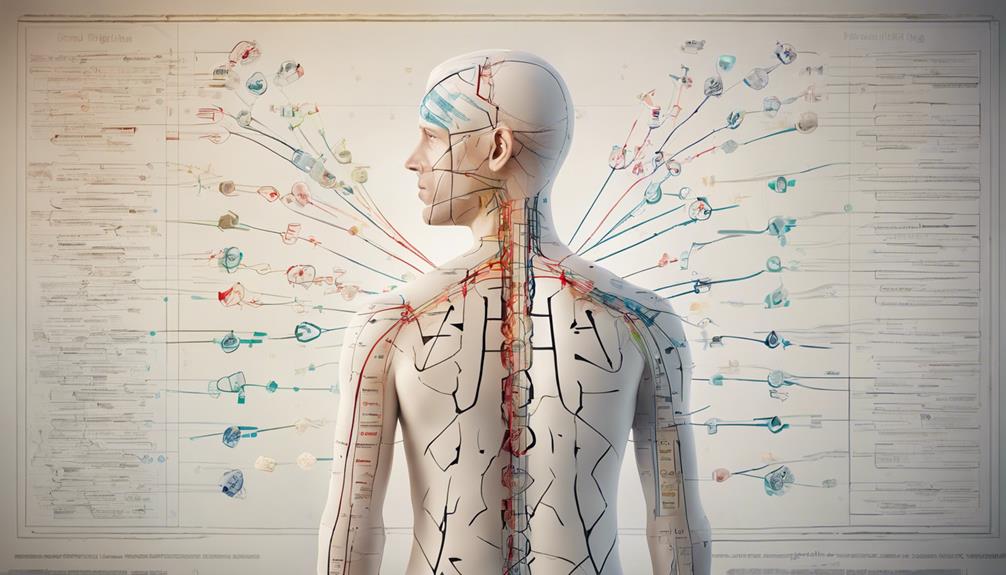
Navigating the healthcare system with a clear understanding of the ICD code H90.3 is essential for individuals with bilateral sensorineural hearing loss. This knowledge enables proper communication between healthcare providers, insurers, and support services, ensuring accurate diagnosis and treatment. Here is a table highlighting the importance of healthcare system navigation with the ICD code H90.3:
| Importance of Healthcare System Navigation |
|---|
| 1. Accurate Diagnosis |
| 2. Treatment Planning |
| 3. Insurance Coverage |
| 4. Access to Hearing Aids |
| 5. Support Services |
Understanding the ICD code H90.3 streamlines the process of obtaining appropriate interventions like hearing aids and necessary accommodations. It also facilitates advocacy for comprehensive care within the healthcare system. By effectively navigating with the ICD code, individuals with bilateral sensorineural hearing loss can ensure they receive the support and services they require for improved quality of life.
Patient Care and Support

Pivoting from the importance of healthcare system navigation with the ICD code H90.3, our focus now shifts to the comprehensive patient care and support required for individuals with bilateral sensorineural hearing loss.
When addressing patients with this specific code for bilateral sensorineural hearing loss, it's crucial to provide tailored care that considers their unique hearing status. Patients benefit greatly from a multidisciplinary approach that includes audiological assessments, counseling, and access to hearing devices like aids or cochlear implants.
Moreover, implementing communication strategies and auditory training can significantly improve their quality of life. Early detection and intervention play a pivotal role in optimizing language development in individuals with bilateral sensorineural hearing loss.
Understanding Hearing Impairment Management
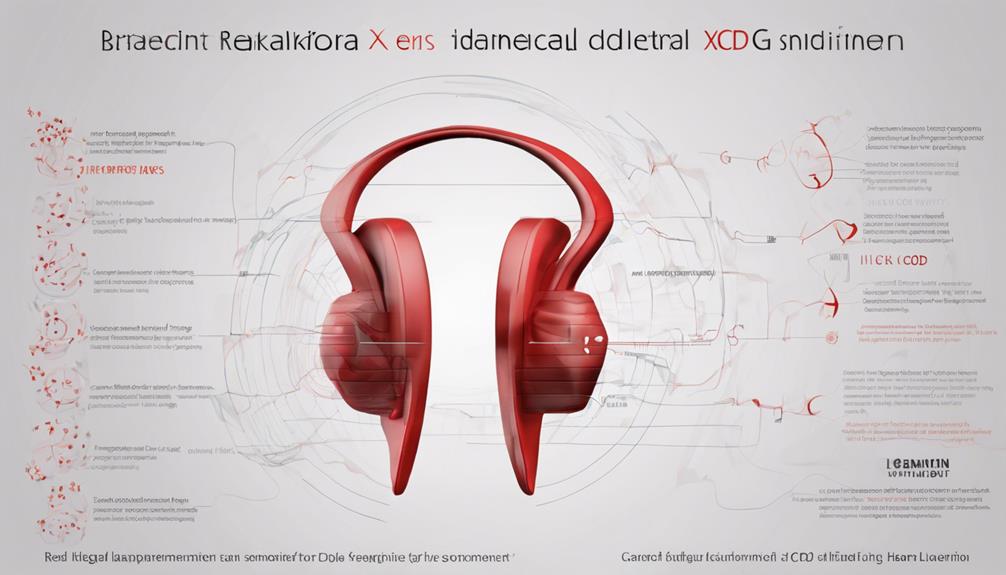
In managing hearing impairment, a comprehensive approach that integrates various interventions is crucial for optimizing outcomes and enhancing quality of life. Early identification and intervention are paramount as they significantly impact language, cognitive, academic, and social-emotional development.
Screening methods such as Otoacoustic Emissions (OAE) and Automated Auditory Brainstem Response (AABR) aid in detecting hearing loss in infants with high accuracy. Timely medical evaluations by six months of age are essential for infants with suspected hearing impairment, ensuring early intervention. Universal screening in newborn nurseries is vital for detecting permanent hearing loss promptly.
Effective management of hearing impairment involves a multidisciplinary approach encompassing amplification, surgery, therapy, and language assessment. By addressing the diverse needs of individuals with hearing issues, tailored interventions can lead to improved outcomes and overall well-being.
Collaboration among healthcare professionals specializing in ear and inner ear conditions is crucial for providing comprehensive care and support to those with hearing impairments.
Frequently Asked Questions
What Does Bilateral Sensorineural Hearing Loss Mean?
Bilateral sensorineural hearing loss means hearing impairment affecting both ears due to damage in the inner ear or auditory nerve pathways. This type of hearing loss can impact sound clarity and may necessitate interventions like hearing aids or cochlear implants.
It's crucial to promptly diagnose and manage bilateral sensorineural hearing loss to achieve the best outcomes. Early intervention and appropriate treatment can significantly improve the quality of life for individuals with this condition.
Is Bilateral Sensorineural Hearing Loss a Disability?
Absolutely, bilateral sensorineural hearing loss can indeed be classified as a disability. It impacts our ability to communicate effectively and engage in daily activities. This condition necessitates interventions like hearing aids or cochlear implants.
In noisy environments, challenges are exacerbated. Access to accommodations and support services is crucial for managing this disability. Overall, the impact of bilateral sensorineural hearing loss on our lives is profound, resembling a mountain we must climb daily.
What Is the ICD-10 Code for Sensorineural Hearing Loss Bilaterally?
We use ICD-10 code H90.3 for bilateral sensorineural hearing loss. This code signifies a diagnosis of sensorineural hearing loss affecting both ears. It indicates impaired hearing due to inner ear or auditory nerve damage on both sides.
Accurate documentation with this code helps in tracking cases effectively. Proper coding of bilateral sensorineural hearing loss is crucial for treatment planning and reimbursement.
What Is the Number 1 Cause of Sensorineural Hearing Loss?
Presbycusis, or age-related hearing loss, ranks as the top cause of sensorineural hearing loss. Factors like loud noise exposure, ototoxic medications, and genetics also play a role.
Infections, head trauma, and autoimmune diseases can contribute. Damage to inner ear hair cells is a common factor. Recognizing these causes helps in prevention and early intervention.
Conclusion
In conclusion, understanding the ICD code for bilateral sensorineural hearing loss, such as code H90.3, is vital for accurate medical documentation and billing processes.
As the saying goes, 'knowledge is power,' and having a comprehensive understanding of coding information can greatly impact patient care and reimbursement outcomes.
By staying informed and up-to-date on coding guidelines, healthcare professionals can ensure effective diagnosis, treatment planning, and support for individuals experiencing hearing impairment.

